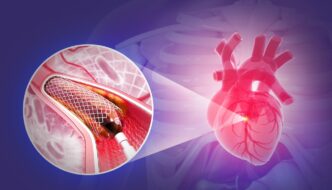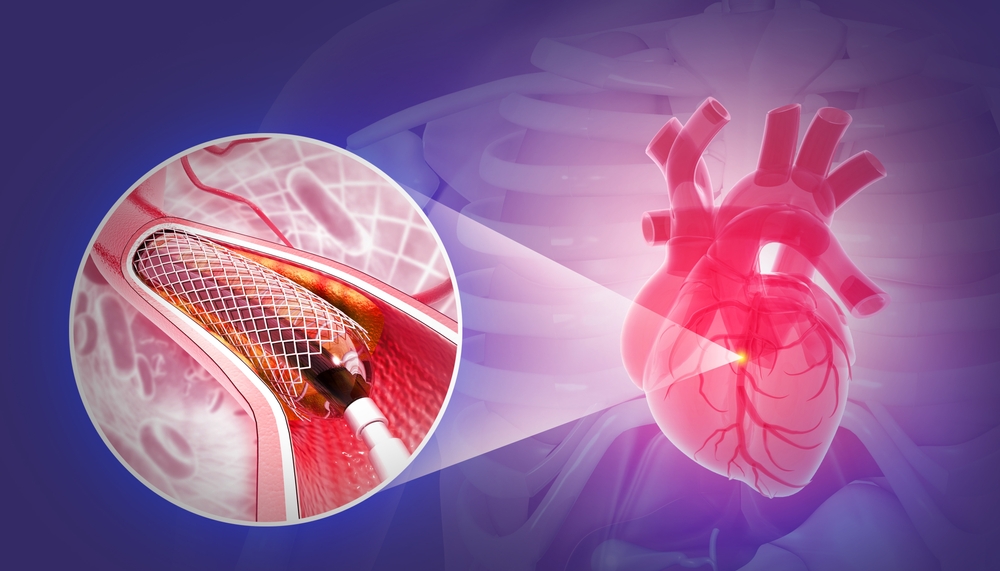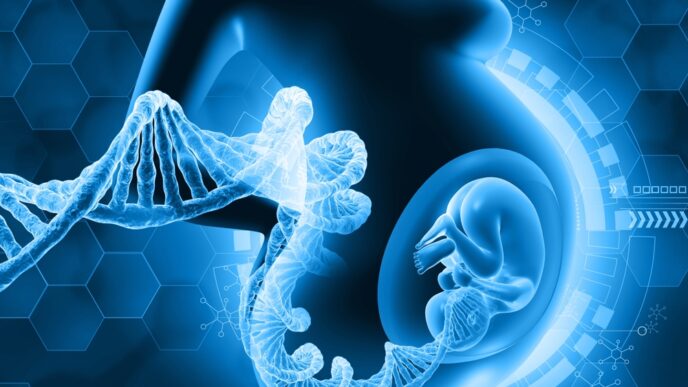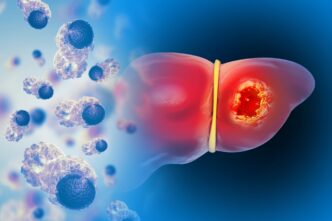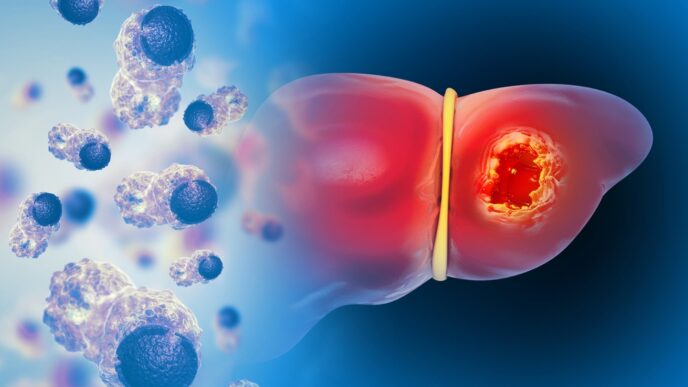Plaques of fatty deposits can clog arteries, narrowing the space for blood to flow. If blood supply to the heart is reduced, it can cause coronary heart disease or even a heart attack. Stents — tiny tubes — help keep arteries open and blood flowing smoothly.
WORDS LIM TECK CHOON
 FEATURED EXPERT FEATURED EXPERTDR RICHARD CHAN TZE MING Consultant Interventional Cardiologist and Internal Medicine Physician Sunway Medical Centre |
WHEN IS A STENT NECESSARY?
“Stents act like scaffolds that help to keep the blood vessels open in areas where there are build-ups of plaques and other obstructions,” Dr Richard Chan Tze Ming explains.
According to him, stent insertion is usually necessary when the blockage affects 70% or more of the blood vessel.
The actual percentage can vary depending on the location of the blockage and other factors.
STENTS ARE A GAME-CHANGER IN TREATING CORONARY HEART DISEASE
Before stents were invented, we used balloons that were inserted into the affected blood vessel and then blew up to ‘open up’ the vessel.
“However, the blood vessels treated this way then to get blocked again sometime in the future,” Dr Richard says.
Nowadays, surgeons performing angioplasty—the procedure to open blocked coronary arteries to restore blood flow—would still use a balloon to first open up the affected blood vessel, but they will then insert a stent after to keep the artery open.
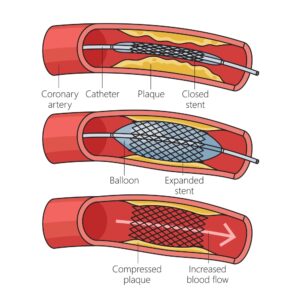
STENT TECHNOLOGY IS STILL EVOLVING
A notable example is how stents can come coated with a layer of medication to cut down on the few stent-related complications such as infections and blood clotting.
“Previous-generation stents, which were not coated with a specific medication, had a higher incidence of restenosis, or the stents getting blocked again,” Dr Richard elaborates, pointing out that this development marks a significant paradigm shift in terms of stent evolution.
“Stent struts—the mesh-like lattice—are much thinner than they used to be,” Dr Richard further adds, “which makes the insertion of the stent into the blood vessel way smoother than before.”
The thinness of the struts also reduces the amount of possible complications that can arise after the stent insertion.
| This article is part of our series on the latest developments in medical treatments. |

